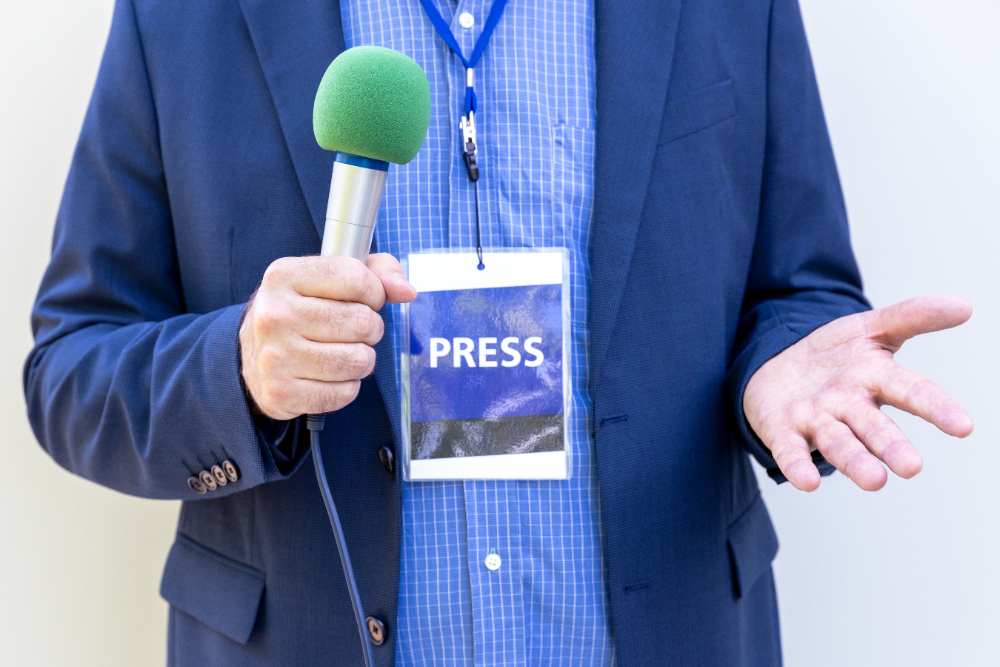
Introduction
Crafting an effective press release is critical for organizations aiming to attract media attention and engage their target audience. However, to ensure your message resonates, it’s essential to follow proven press release best practices. This article explores the key strategies for writing, distributing, and optimizing a press release for maximum impact.
What Is a Press Release?
A press release is a concise document shared with journalists and media outlets to announce something newsworthy. It could be a product launch, event, award, or partnership. The goal is to inform the media while enticing them to cover your story.
Why Are Press Release Best Practices Important?
Press releases are highly competitive; media outlets receive countless submissions daily. Adopting best practices ensures your press release stands out, conveys your message effectively, and reaches the right audience.
Best Practices for Writing a Press Release
1. Start With a Strong Headline
The headline is the first thing readers notice. Make it clear, compelling, and concise.
- Example: “XYZ Corp Launches Revolutionary Eco-Friendly Product to Reduce Carbon Footprint.”
2. Use an Engaging Lead Paragraph
The opening paragraph should summarize the core message in an attention-grabbing manner. Answer the “who, what, when, where, and why” immediately.
3. Keep It Concise
A press release should ideally be one page long, around 300–400 words. Avoid unnecessary jargon or complex language.
4. Incorporate Quotes
Include quotes from key stakeholders, such as CEOs or project leaders, to add authenticity and perspective to your announcement.
- Example: “We’re thrilled to introduce this innovative solution,” said John Doe, CEO of XYZ Corp.
5. Focus on Newsworthiness
Before writing, ask yourself: “Why should people care about this?” Ensure your press release provides real value to the audience.
Formatting Best Practices for Press Releases
1. Use the Inverted Pyramid Style
Prioritize essential information at the top, followed by supporting details and additional context.
2. Add Multimedia Elements
Enhance your press release with images, videos, or infographics to make it visually appealing and shareable.
3. Include Boilerplate Information
Add a short paragraph about your organization at the end of the press release.
4. Provide Contact Information
Clearly mention who the media should contact for more details. Include a name, phone number, and email address.
5. Use a Call-to-Action (CTA)
Encourage the reader to take a specific action, such as visiting your website or signing up for an event.
Best Practices for Distributing a Press Release
1. Choose the Right Timing
Release your news when it’s most likely to gain traction. For example, avoid distributing it late on Fridays or during holidays.
2. Target the Right Audience
Identify the media outlets and journalists who cover your industry or niche. Customize your pitch for each outlet.
3. Use a Trusted Distribution Service
Platforms like PR Newswire, Business Wire, and EIN Presswire help ensure your press release reaches a wider audience.
4. Share on Social Media
Promote your press release on platforms like LinkedIn, Twitter, and Facebook to amplify its reach.
Optimizing Your Press Release for SEO
1. Use Relevant Keywords
Incorporate industry-specific keywords to improve search engine visibility.
2. Write a Keyword-Optimized Headline
Ensure your headline is not only catchy but also SEO-friendly.
3. Include Hyperlinks
Add links to your website or landing pages within the press release for increased traffic and engagement.
4. Optimize for Mobile Readers
Many journalists and readers access press releases on mobile devices, so ensure your format is mobile-friendly.
Common Mistakes to Avoid
1. Overloading With Information
Keep your message focused and avoid cramming too many details into a single press release.
2. Ignoring Grammar and Spelling
Mistakes can undermine your credibility. Always proofread your press release before sending it out.
3. Failing to Include a News Angle
Press releases that lack a clear, newsworthy story are unlikely to capture attention.
4. Using Clickbait Headlines
While your headline should be intriguing, it must accurately reflect the content of your press release.
FAQs About Press Release Best Practices
1. How Long Should a Press Release Be?
A press release should ideally be 300–400 words. This ensures it is concise and easy to digest for busy journalists.
2. What Is the Ideal Format for a Press Release?
Follow the inverted pyramid format, starting with the most critical information. Include a headline, subheadings, body text, quotes, and a boilerplate.
3. Can Small Businesses Benefit From Press Releases?
Absolutely! Press releases help small businesses build credibility, reach their audience, and attract media coverage at a low cost.
4. How Often Should I Distribute Press Releases?
There’s no one-size-fits-all answer, but it’s best to distribute press releases only when you have genuinely newsworthy content.
5. What Tools Can Help With Press Release Distribution?
Platforms like PR Newswire, Business Wire, and social media tools like Hootsuite can amplify your press release’s reach.
Conclusion
Press releases are a powerful way to share news and build your brand’s reputation. Following these best practices ensures your press release stands out in a crowded media landscape. Every step matters in achieving your communication goals, from crafting an engaging headline to distributing your news strategically.
Want to learn more? Read: https://www.bigbizstuff.com/2025/01/27/press-release-distribution-world-media-directory-everything-you-need-to-know/